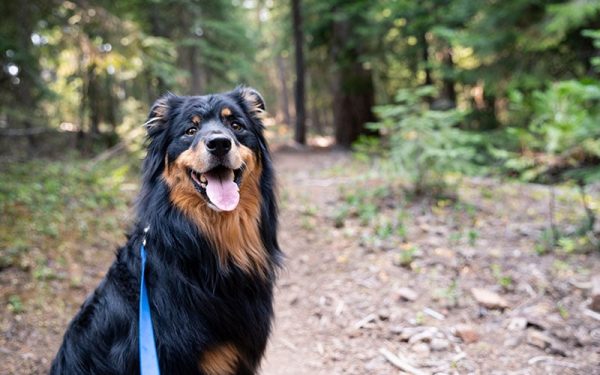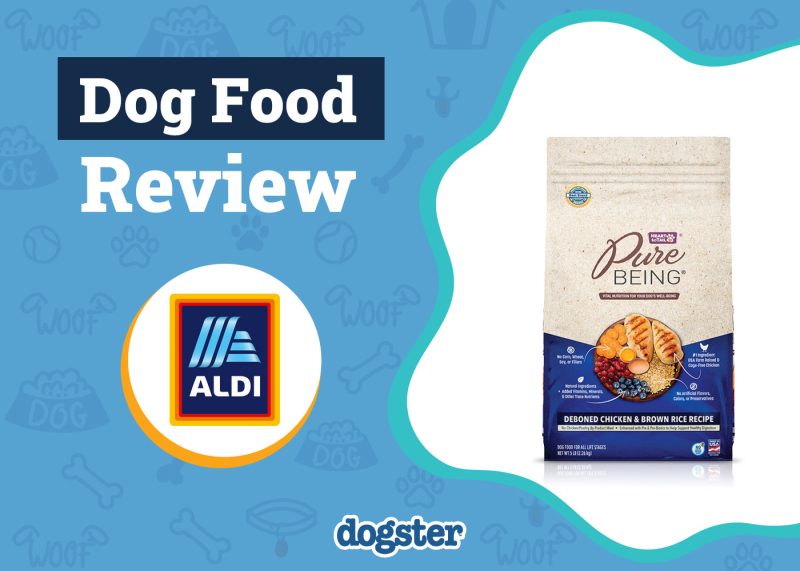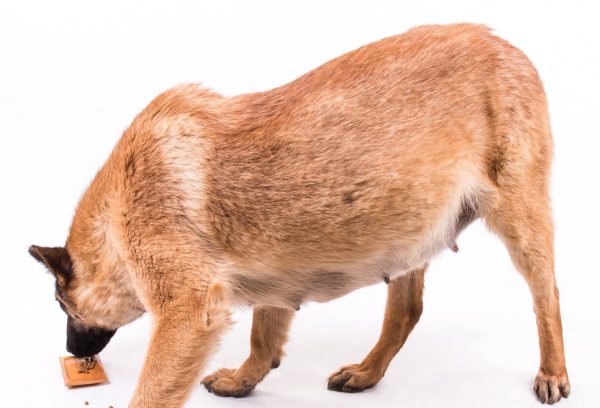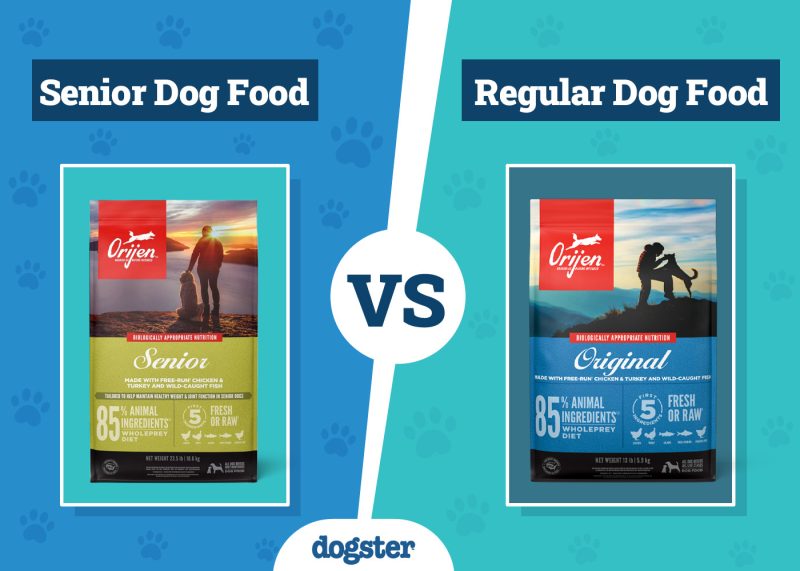Vet bills can be some of the most expensive costs associated with keeping pets. Even minor treatments can cost hundreds, and if your pet needs a big operation and ongoing care, that cost can quickly rise to thousands. If you don’t have adequate insurance to cover the costs, the money will have to come out of your pocket, or you won’t be able to get the treatment. There are several ways you can try to raise funds, but one that has risen in prominence in recent years is crowdfunding.
You can use crowdfunding platforms like GoFundMe for vet bills as they enable you to set up a funding call and ask others to help with the bills. As well as being able to get help from friends, family, and other connections, you might find the kindness of animal-loving strangers to be helpful.
However, just setting up a crowdfunding campaign is not enough. Below, we have included 12 tips to help improve your chances of raising the money you need, as well as some tips for alternative methods of paying the vet bill.

What Is Crowdfunding?
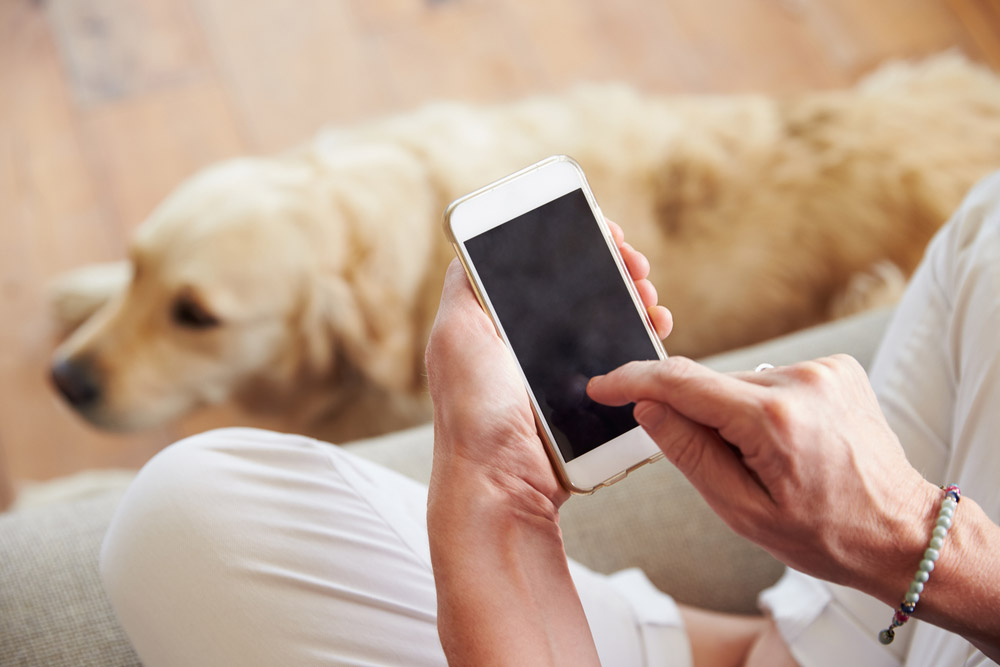
Crowdfunding is the funding of an event, project, or even a cost like a vet bill, by attracting donations and funds from large numbers of people. It has become very popular, thanks to the advent of websites like GoFundMe, and while it is most often used to fund events or the launch of new businesses or products, it really can be used to help with personal bills.
The 12 Tips to Crowdfund Vet Bills
Simply setting up a crowdfunding page is not enough to ensure success. The campaign has to appeal to potential funders. It needs the right levels and type of exposure to encourage donations, and, in some cases, this needs to be an ongoing effort, especially if you are going to need ongoing money to help with future costs of treatment and rehabilitation.
1. Choose Your Crowdfunding Platform
There is a growing number of crowdfunding platforms including general platforms that accept all kinds of campaigns and some that are geared towards specific types of fundraisers.
GoFundMe is a general platform and is one of the largest and most popular of its type. It also has a dedicated pet and animal section, where users can post exactly this type of campaign to get help with vet bills.
But there are also sites like PetFundr, which, as well as offering funding for vets and non-profits, also allows personal campaigns to be posted. Check any fees and other terms and conditions associated with a platform before you sign up and ensure that the campaign can be shared easily once it is established.

2. Be Honest and Open
When you are setting up the crowdfunding campaign, you need to provide as much information as possible about the procedure. Include information on why it is needed, as well as the costs. If you are going to need money in the future, for example for additional operations, medication, or other rehabilitation, you should detail this in the original posting.
Try to include as much detail as possible, but do not exaggerate costs or include anything that you won’t need to pay for. Some readers will scrutinize the details of the campaign and call you out if they believe you are being dishonest or asking for more money than is needed. But, on the other hand, you do need to ask for enough money to cover the costs.
Write a powerful and descriptive title. This is the first thing people will see when the campaign gets shared, and it will be all that a lot of people read. An impactful title will help get more exposure and increase the amount of funding your campaign receives.
3. Use Photos
Include information about the pet that is going to undergo treatment. Detail how long you’ve had them, what their character is like, and, if possible, include photos. You can add photos from when they were a puppy or kitten, as well as photos of how they look now.
This can be especially effective if your pet is showing signs of being ill. As heartbreaking as it is, a lot of potential donors will be more likely to donate if they see photos because it makes it more personal.

A lot of donations will likely come from people who know you, rather than strangers. Once a campaign has been set up, most crowdfunding platforms make it easy to share the campaign. When sharing on Facebook, don’t just share a link to the campaign, though. Add some personal details and a summary of what you’re asking.
This is also your opportunity to be more personal and personable. You are asking for help, so you will need to share information if you hope to get that help.
Look for local groups or other relevant groups and pages that might be willing to share your campaign. If your pet is a particular breed or type, consider asking admins of relevant groups to share your post for you, too. This can help get your campaign a lot more exposure which, in turn, will increase the chances of you hitting your required target.
Ask your friends and family to share, too. Some people love to share posts on Facebook, and it can help a campaign.
5. Promote on Instagram
Instagram is another social media platform where people love to share posts, updates, and especially photos. Instagram themselves did trial a personal fundraiser feature, and while this feature is no longer available, you can still share your campaign details. Post photos of your pet, use appropriate hashtags like #gofundme and #vetbillhelp.
The better the photos you share, the more exposure your post will get. The caption you write to accompany the photo can give more details, and you can include a link to the campaign here. As with Facebook, you can encourage your followers to share the post so that it gets even more views and will hopefully raise more money.
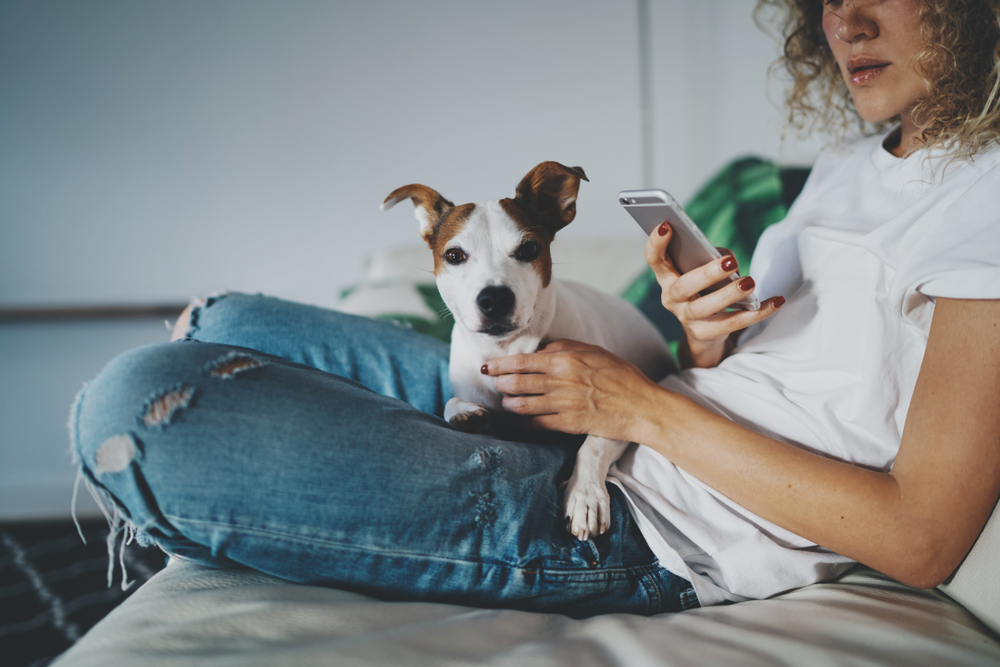
6. Post on Reddit
There are subreddits for just about everything, including those for crowdfunding campaigns and those for dogs, cats, and other types of pets. The users in pet subreddits will be especially likely to want to help because they love animals.
Before you post anything on a subreddit, always check the terms and the requirements for that subreddit. If your post doesn’t comply with these requirements, it will get taken down, and you might even find you are unable to post again in the future.
7. Tweet About It
X, formerly known as Twitter, can be a great way to get exposure for just about anything. It is another platform that benefits from the use of hashtags. It also uses short-form messages, which means you have to try and get a lot of information in 280 characters or fewer, which includes the characters in your link.
Use a link shortener to save a few of those characters, but don’t get bogged down trying to include every piece of information in the body of the Tweet. Provide the main details, ensure the link is included, and choose an image of your pet that will grab attention.

8. Reach Out to Influencers
Unless you have social media profiles with millions of followers, your reach on these sites depends on other people sharing your posts. If you can get the attention of an influencer who is active and has a strong following, it could be enough to fund your entire campaign.
Reach out to influencers, rather than attempting to hijack their posts. Let them know the details and accept that many influencers get hundreds of messages a day, if not more, so you likely won’t hear back from most of them. Look for those who have a history of sharing this kind of post, and who have some link to pets, animals, or even the type of illness or problem your pet is facing.
9. Get Your Connections Involved
Speak to friends, family, and other online connections. Ask them if they would be willing to share your posts. While some of your connections will naturally share the post when they see it, others won’t unless you ask directly. Be personal, provide a little more information than is given in the original post, and directly ask them to share with their followers.

10. Update the Post
Typically, big vet bills accumulate throughout various treatments especially if your pet has to have scans, X-rays, and other tests. Keep the campaign post updated with the latest details and results. Let donors know whether the treatment is working, what the vet has said about progress, and how their money is helping.
Your donors will appreciate the feedback, and you will find that some will be willing to donate extra if they are kept abreast of what is going on in this way.
Most crowdfunding platforms provide space for updates, and they will automatically let donors know when any further information has been provided, but you can also share the updates with your social media connections. This gentle reminder may encourage some further donations that can help when you need them most.
11. Thank Donors
When somebody does donate, make sure you send a personal message to them, thanking them individually. Even if somebody donates a few dollars, this personal touch can encourage future and further donations. You can also thank them on your social media platform by tagging them. When connections see that people are donating, it will encourage them to do the same.
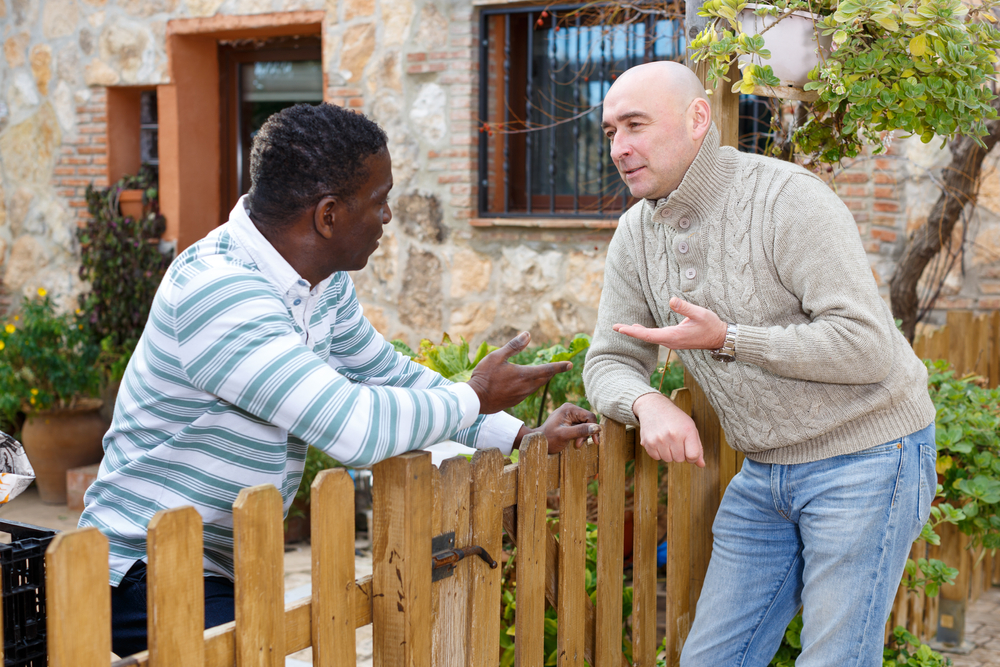
12. Look for Alternatives
Crowdfunding can help raise funds for vet bills, but there are other avenues for you to explore.
Personal Finance
While it isn’t ideal to take out any kind of debt to pay for vet bills if it is your only option, an overdraft or other banking facility might be enough to cover emergency bills. This can prove especially useful if your pet has been involved in an accident and insurance won’t cover the immediate costs. You can include these costs in your fundraising efforts.

Get Help from Charities
There are nonprofit and charitable organizations that help owners struggling with vet bills. Ask your vet, look for rescues and groups related to the type of pet you have, and check their websites for details of whether they have any schemes or programs to help.
They will want full details of the pet and the problem, and they will likely want some information from your vet. But this can be a big help with covering unexpected bills.
Spread the Payments
Speak to your vet—some may be willing to wait a few weeks before they take payment. Others might be able to spread the payments, although a lot of vets are reluctant to do this because they are worried that they won’t receive the money at all.

Frequently Asked Questions (FAQ)
What Is the Best Crowdfunding Platform for Animals?
GoFundMe has a section dedicated to animals and pets, and there may be some donors who check out these pages to find people and pets they can help. Alternatively, look for platforms dedicated specifically to pet and animal fundraising campaigns. PetFundr is one such platform.
Does Crowdfunding Really Work?
Crowdfunding has proven very successful for some pet parents, but it does not always work. If you have a lot of social media connections, or you can get an influencer or a pet group involved in sharing details of your campaign, it will increase the likelihood of it reaching your goal.
Crowdfunding projects typically take some effort on the part of the person who establishes it, but it is worth that effort.


Conclusion
Crowdfunding can help meet unexpected or expensive vet bills, although there is no guarantee of success. Be realistic and honest, put some time and effort into researching groups and people you can share the campaign with, and try to get support from connections you already know.
You can also combine this with your fundraising efforts, like garage sales or even some kind of sponsored event. Ask your vet if they will allow you to spread costs and speak to charities that help with this kind of thing. There is some help out there, but it can be difficult to find.
Featured Image Credit: Try_my_best, Shutterstock


